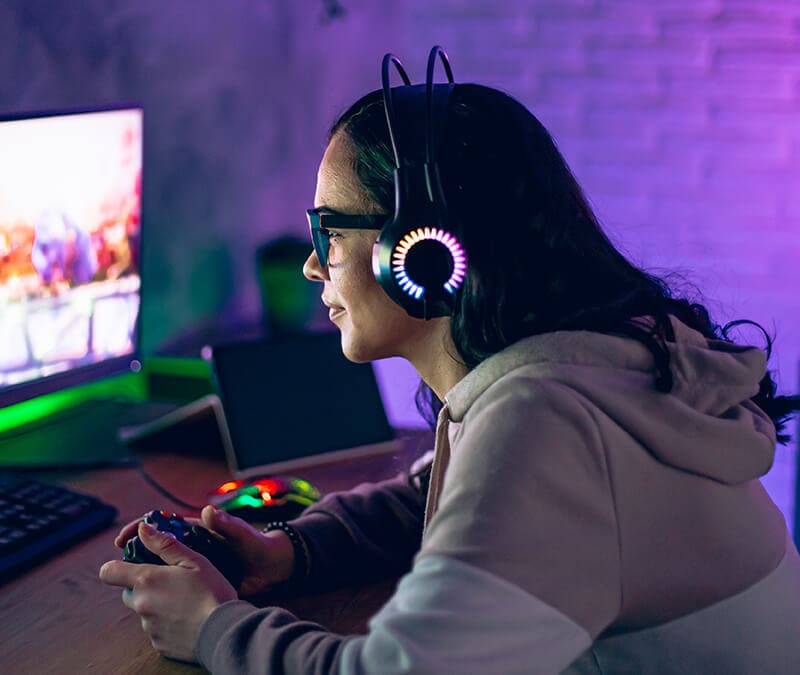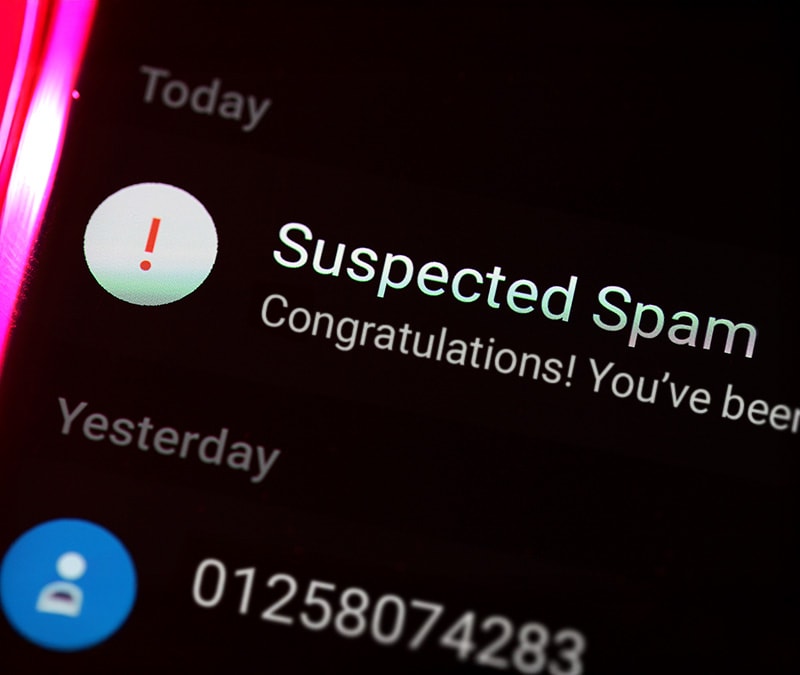Deepfake videos: how to spot them
Imagine watching a video where your favorite public figure delivers a heartwarming message, only to find out later it wasn’t them at all. Welcome to the fascinating yet complex world of deepfake videos. These hyper-realistic digital creations are changing how we perceive video content and as the technology becomes easier to use, cyber criminals are finding it easier to create AI-generated scams with startling realism.

What exactly are deepfakes?
Deepfakes are the art of mimicry brought to life by artificial intelligence. They rely on advanced techniques like Generative Adversarial Networks (GANs) to create videos, audio, or images of people doing or saying things they never actually did.
Hollywood-level CGI no longer requires months of work or a massive budget. With basic tools and a few simple steps, anyone can now create astonishingly realistic content.
- Real footage or audio of a "target" is fed into an AI system.
- The AI analyzes facial movements, expressions, or voice patterns.
- Using GANs, the system generates manipulated content, allowing pixel-perfect precision.
While deepfake technology has many applications in the field of creativity and education, it’s become easier for cyber criminals to manipulate. That’s why knowing how to identify them is key.
Deepfake risks
While AI technology offers innovative possibilities, that can transform industries and revolutionize education,. it also poses serious challenges and can be used to:
- Facilitate scams and identity theft.
- Spread misinformation, undermining trust.
- Violate privacy by creating fake content without consent.
With tools to detect manipulated audiovisual content and the right knowledge on how to spot them you can reduce the risks and avoid falling victim to a scam or misinformation.
The steps to spotting deepfakes
To spot a deepfake, follow these five key steps. First, observe eye movements—deepfakes often fail to mimic natural blinking or gaze, resulting in robotic or off-center stares. Next, watch for audio mismatches where speech doesn’t sync with lip movement. Unnatural facial features like flawless skin, missing wrinkles, or blurry teeth may signal manipulation. Also, be alert for awkward head or body movements that appear jerky or out of sync. Lastly, scrutinize lighting and shadows; inconsistencies in how light and shadows fall on a person’s face often reveal a fake. By paying attention to these subtle cues, you can better distinguish real from artificial content.
However, this can be easier said than done, and it’s why we’ve introduced Deepfake Protection in our Norton 360 mobile apps – to remove the guesswork and help people stay one step ahead of AI-generated scams in video content, even if they don’t have access to AI hardware.
Here’s how it works: If you stumble across a video that seems suspicious, you can upload it to the Norton Genie AI Assistant which will analyze the content using complex algorithms to not only detect deepfakes, but more importantly run the dialogue through the AI engine to detect for scam attempts. If it detects something that’s off, it will flag it and provide conversational guidance on what to do next, helping people to confidently navigate and consume digital content without second guessing what they see or hear.
Currently, Norton Deepfake Protection through the Genie AI Assistant is in early access phase, supporting English language YouTube videos only. However, more advanced detection capabilities are coming later this year on both desktop and mobile so you can confidently face the evolving challenges of the digital world.
Stay secure, stay informed, and take control of your online safety today.
Editorial note: Our articles provide educational information for you. Our offerings may not cover or protect against every type of crime, fraud, or threat we write about. Our goal is to increase awareness about Cyber Safety. Please review complete Terms during enrollment or setup. Remember that no one can prevent all identity theft or cybercrime, and that LifeLock does not monitor all transactions at all businesses. The Norton and LifeLock brands are part of Gen Digital Inc.





Want more?
Follow us for all the latest news, tips, and updates.